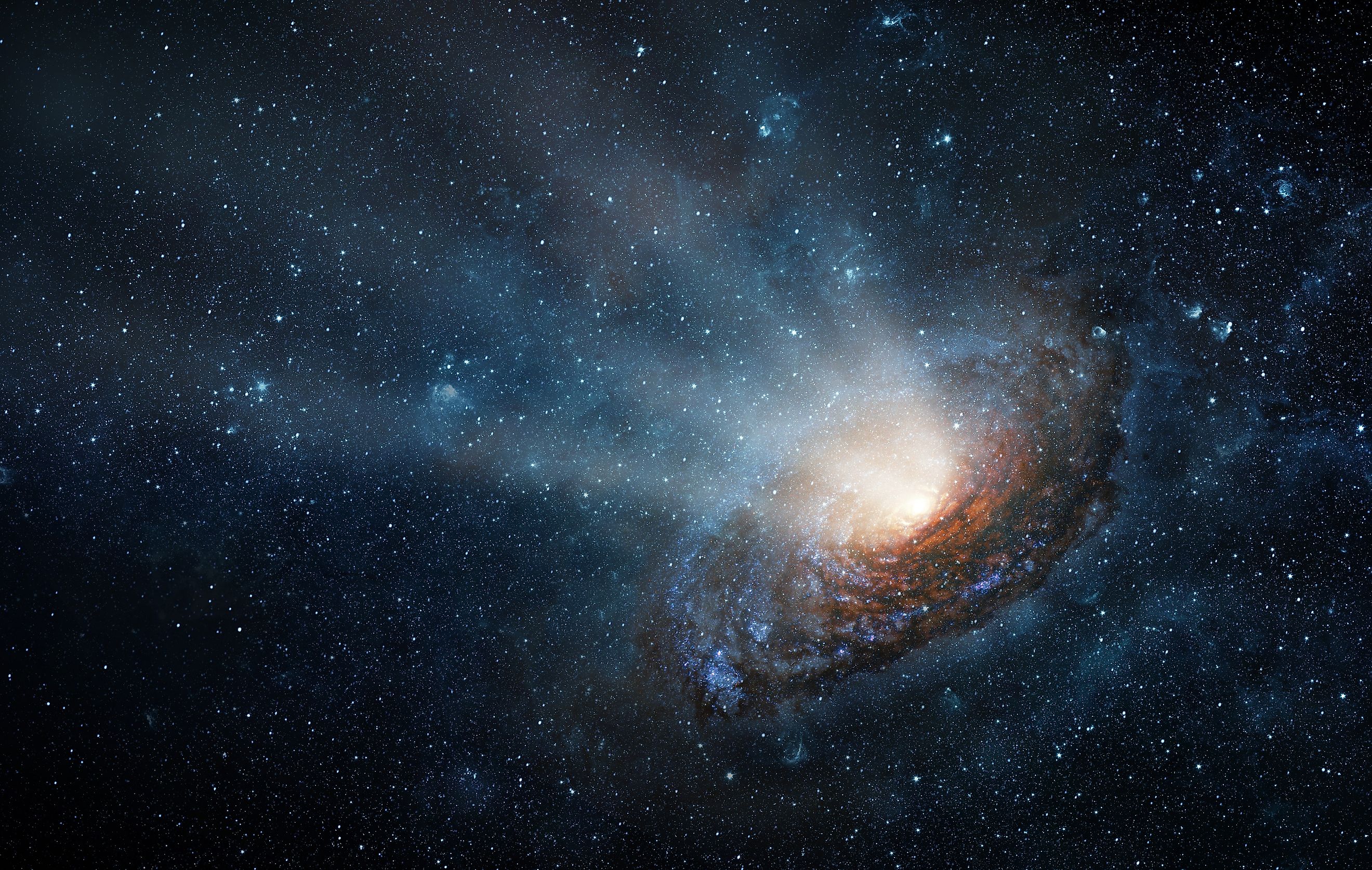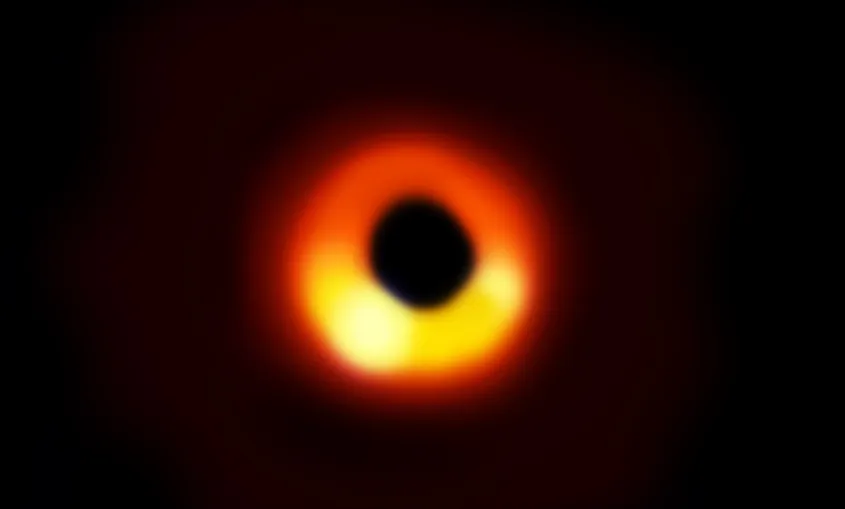
Why We Can't Avoid Singularity Inside Every Black Hole
Black holes are one of the most fascinating phenomena in the universe, and at their heart lies something even more puzzling—a singularity. According to Albert Einstein's theory of General Relativity, the core of a black hole contains a region of infinite density called a singularity. Think of it like trying to divide by zero; the math just doesn't work, and everything goes haywire. Yet, physics tells us that these singularities are an unavoidable part of black holes.
Understanding Singularities And General Relativity
General Relativity tells us that when a massive star collapses under its own gravity, it forms a black hole with a singularity at its center. At this singularity, spacetime—our concept of space and time—gets twisted beyond recognition, and the usual laws of physics break down. The equations of General Relativity predict that at this point, density becomes infinite, and the volume is effectively zero.
The Role of the Event Horizon
The event horizon is like the ultimate point of no return. It's the boundary around a black hole beyond which nothing, not even light, can escape its gravitational grip. This doesn't mark where the singularity is, but it's the edge where the pull of gravity becomes too strong to overcome. Once you cross this line, you're inevitably pulled toward the singularity.
The Cosmic Censorship Conjecture
Imagine if these singularities were exposed for all to see. That's where physicist Roger Penrose's Cosmic Censorship Conjecture comes in. It suggests that singularities are always hidden within the event horizon, out of sight from the rest of the universe. While we haven't proven this idea yet, it suggests that these singularities don't mess with the rest of the cosmos because they're effectively hidden away.

The No-Hair Theorem
Despite their mysterious nature, black holes can be surprisingly simple. The No-Hair Theorem says that black holes can be described by just three things: mass, charge, and spin (or angular momentum). This means that despite whatever complexities lie within, a black hole looks pretty straightforward from the outside. The singularity at its core is just part of the package when a black hole forms.
Quantum Gravity: The Search for Answers
One of the big puzzles in physics is how to make General Relativity play nice with Quantum Mechanics. While General Relativity predicts these singularities, Quantum Mechanics says such infinities shouldn't exist. Scientists are on the hunt for a theory of Quantum Gravity that can merge these two views and give us a clearer picture of what happens at a singularity. Until then, singularities remain an unsolved mystery.
In conclusion, the idea of a singularity in a black hole stretches our understanding of the universe and the laws of physics. General Relativity tells us that these singularities are unavoidable and mark places where our current theories just don't hold up. The event horizon keeps these singularities hidden from the rest of the universe, maintaining the cosmic order. While we hope future advancements, especially in Quantum Gravity, will shed new light on these enigmas, for now, singularities remain one of the most mysterious and essential features of black holes.











